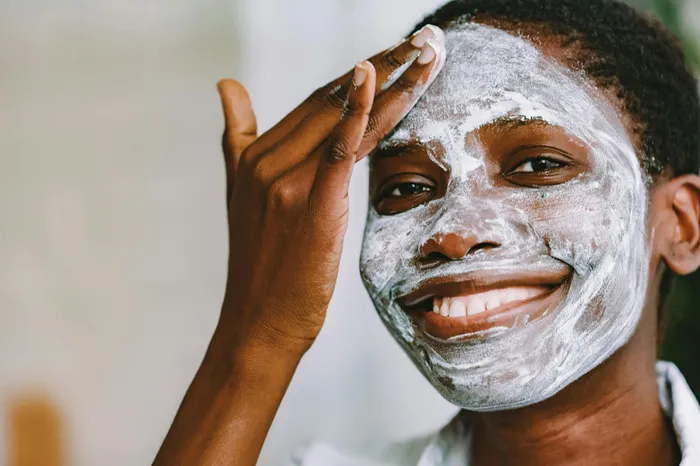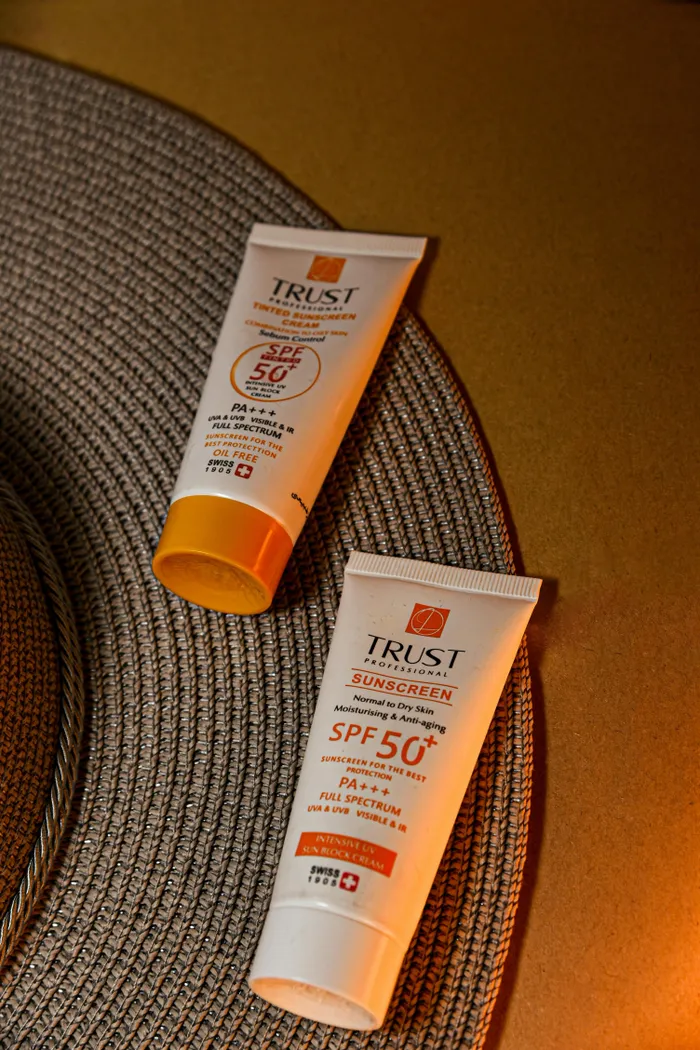Radiant risks: the dark side of skin bleaching and tanning for beauty
HEALTH

Social media trends and celebrity endorsements continue to shape beauty standards, often influencing how people perceive their skin tone. While some individuals pursue lighter skin through bleaching, others seek a darker complexion through tanning, both practices come with significant health risks.
Image: Pexels.
In a visually driven world, where social media platforms dictate beauty standards, many individuals find themselves navigating the complexities of skin aesthetics.
A surge in skin bleaching practices aimed at achieving a lighter complexion co-exists with increasing popularity for darker skin tones attained through tanning. Yet, both trends present alarming health risks that necessitate a closer examination.
Dr Dilshaad Asmal, a dermatologist at Mediclinic Cape Town, says the quest for lighter skin is deeply rooted in socio-cultural and psychological influences.
"In numerous cultures, particularly those within Indian, Asian and African communities, lighter skin is historically synonymous with beauty, elevated status and even better marital prospects.
"Unfortunately, global media continues to amplify this narrative, portraying lighter skin as more desirable," she explains.

Dr. Dilshaad Asmal, dermatologist at Mediclinic Cape Town.
Image: Supplied.
The most common bleaching practices
In South Africa alone, a variety of skin lightening methods are prevalent, ranging from easily accessible over-the-counter products to unregulated remedies derived from local folklore.
Asmal highlights the widespread use of hydroquinone, a common ingredient in topical bleaching creams.
"While hydroquinone does significantly reduce pigmentation, its prolonged use can lead to severe side effects, including ochronosis, a disfiguring blue-black pigmentation that becomes irreversible," she warns.
Equally concerning are corticosteroids and mercury-based creams that are often sold in informal markets.
She urged people to exercise caution, as these can cause thinning of the skin, impede healing and in the case of mercury, potentially cause kidney and nervous system damage.
Recently, there has also been an alarming rise in the popularity of intravenous glutathione drips, marketed at unregulated IV bars and lacking substantial scientific backing.
"These can inflict serious harm on the liver and kidneys," says Asmal.
For a safer route, chemical peels and laser treatments can offer advantages when administered by registered professionals.
However, unmonitored practices, especially mixing household items like toothpaste with detergents for skin lightening, can lead to severe burns and exacerbate pigmentation problems.
The risks behind the glow
The physical ramifications of skin bleaching extend beyond mere aesthetics; thinning skin, eczema, acne, and heightened sun sensitivity are just the surface issues.
"Many users start off wanting to correct pigmentation from acne or sun exposure. However, repeated use of harsh products can cause paradoxical darkening, especially with hydroquinone. The result is not only emotional distress, but also permanent skin damage,” says Asmal.
Even those pursuing a darker complexion are not immune to risks. Tanning beds, sun exposure, and tanning oils bring well-researched dangers, including DNA damage and premature ageing.
Tanning beds have been classified by the World Health Organisation as Group 1 carcinogens, with studies indicating that use before the age of 35 can increase melanoma risk by an alarming 75%.
"They can also cause eye damage, cataracts and even ocular melanoma."
Meanwhile, tanning oils designed to elevate melanin production can block pores, instigating folliculitis, acne, and significantly increasing the likelihood of burns.
Safe approaches to skincare
While no method for altering skin tone is completely free from risk, there are safer alternatives for those troubled by uneven skin tones or dullness.
A consultation with a dermatologist can lead to the identification of appropriate skincare products, ingredients like azelaic acid, kojic acid, vitamin C, niacinamide, retinoids, and alpha or beta-hydroxy acids, which can correct skin tone safely when guided by professionals.
Chemical peels and medical-grade lasers may also assist with pigmentation correction, but again, only when performed in controlled environments by qualified professionals.
For those wishing to darken their skin, self-tanning lotions and sprays containing dihydroxyacetone (DHA) are safer options. However, Asmal notes that even these carry minor risks such as skin irritation or respiratory issues when used in spray booths.

Regardless of skin tone preferences and desired aesthetics, Dr Asmal says the most important skincare habit is using a broad-spectrum sunblock daily.
Image: Pexels.
The golden rule: protect your skin
Regardless of individual preferences regarding skin tone, Asmal emphasises the crucial habit of employing broad-spectrum sunblock daily.
"Sunblock is vital for preventing the darkening of hyperpigmented areas, protecting against premature ageing and reducing the risk of skin cancer," she adds.
The consequences of unprotected sun exposure are cumulative, leading to serious conditions such as actinic keratosis, melanoma and basal or squamous cell carcinomas, along with photoaging, the wrinkling, sagging and textural changes that prematurely age the skin.
She concludes, "People often underestimate the long-term impact of UV exposure. Even a single severe sunburn can irreversibly damage skin cells and blood vessels, exacerbate sensitivity, and set the stage for chronic skin disease.
"Whether the goal is to lighten or darken, altering your natural skin tone should never come at the cost of your health."
Related Topics:
